What the best thing to do when all you have is dial-up Internet?
That’s right… you help others setup Cable ISPs and then, grow that ambition to build a Cable ISP product business. Enter: CableRoot.
It was an extremely amateurish yet ambitious mess of iptables, DHCP and DNS and
some dialog+bash scripts that would enable a cable ISP to add users,
limit bandwidth and data transfer, and get some information about what’s going
on in their network.
This is what the “data sheet” for CableRoot used to look like:

The PDF, on inspection, said that it was prepared using Star Office and processed using GNU Ghostscript 7.05. There were 4 ISPs in Bangalore (Yelahanka - 1, Chikpet - 1, Malleswaram -1 and Koramangla - 1) which we used to help operate.
Mecha Tronics, AU-KBC and Essae
Our first three deepOfix customers (in order) were the AU-KBC Research Center, Essae Teraoka and Mecha Tronics. Mecha Tronics was the first customer we shipped a fully integrated hardware appliance to.


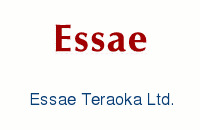
deepOfix - Second Edition Hardware
This is what the deepOfix Office Server appliance used to look like:
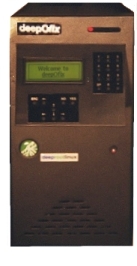
The deepOfix Manual
In the true spirit of building a hardware product, we wrote a 212 page (A5 page size) manual in LaTeX to detail every aspect of the hardware and software. Check out these screenshots:
The Hardware interfaces and sketch
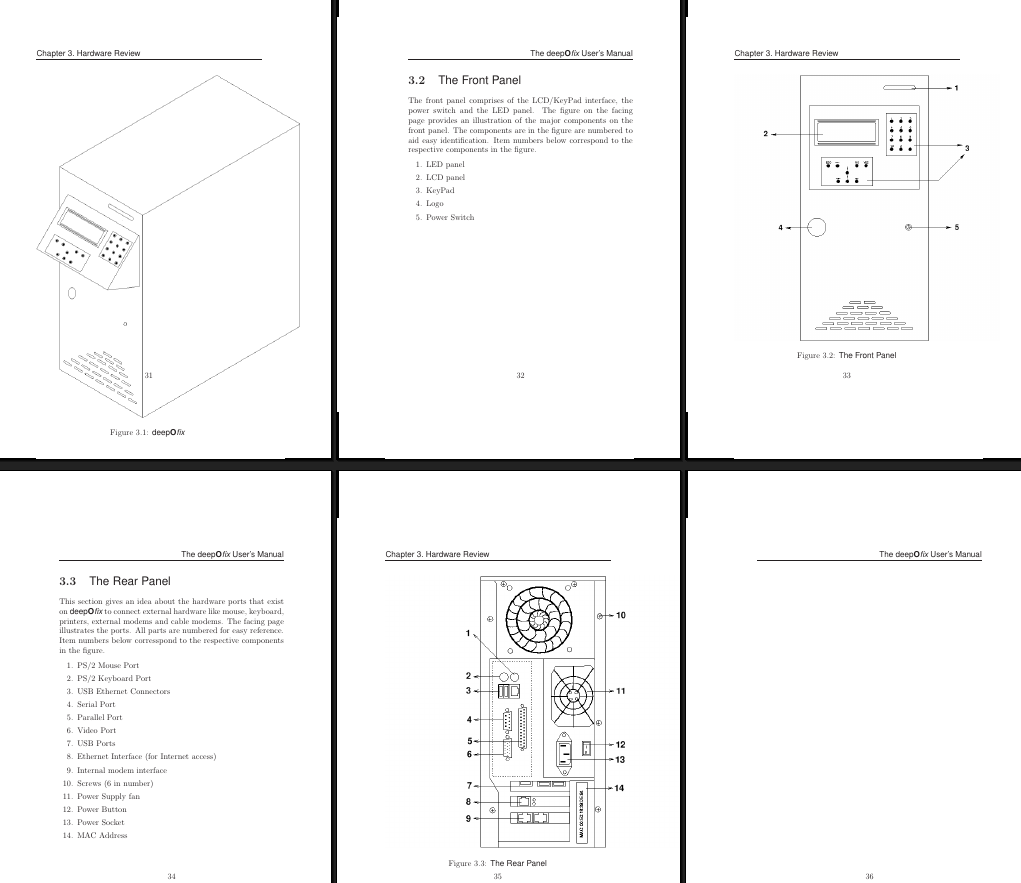
Instruction on how to use the EasyPush Server manager
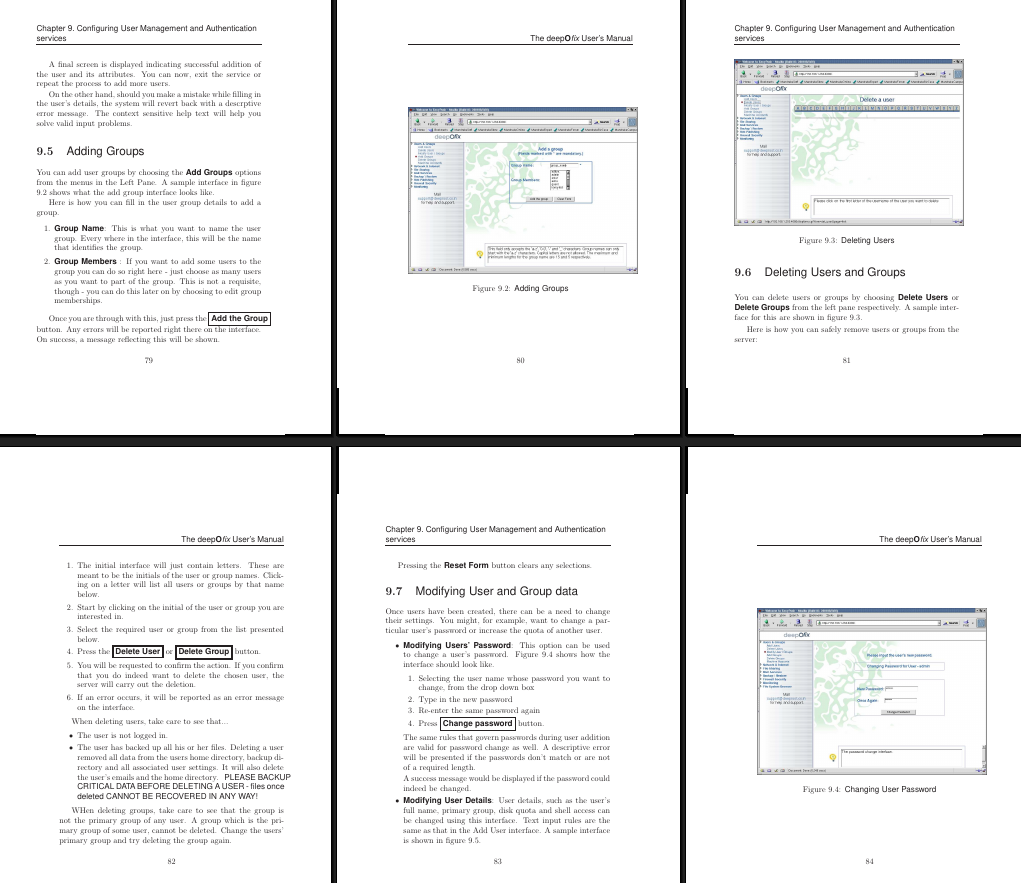
The detailed 3-level ToC
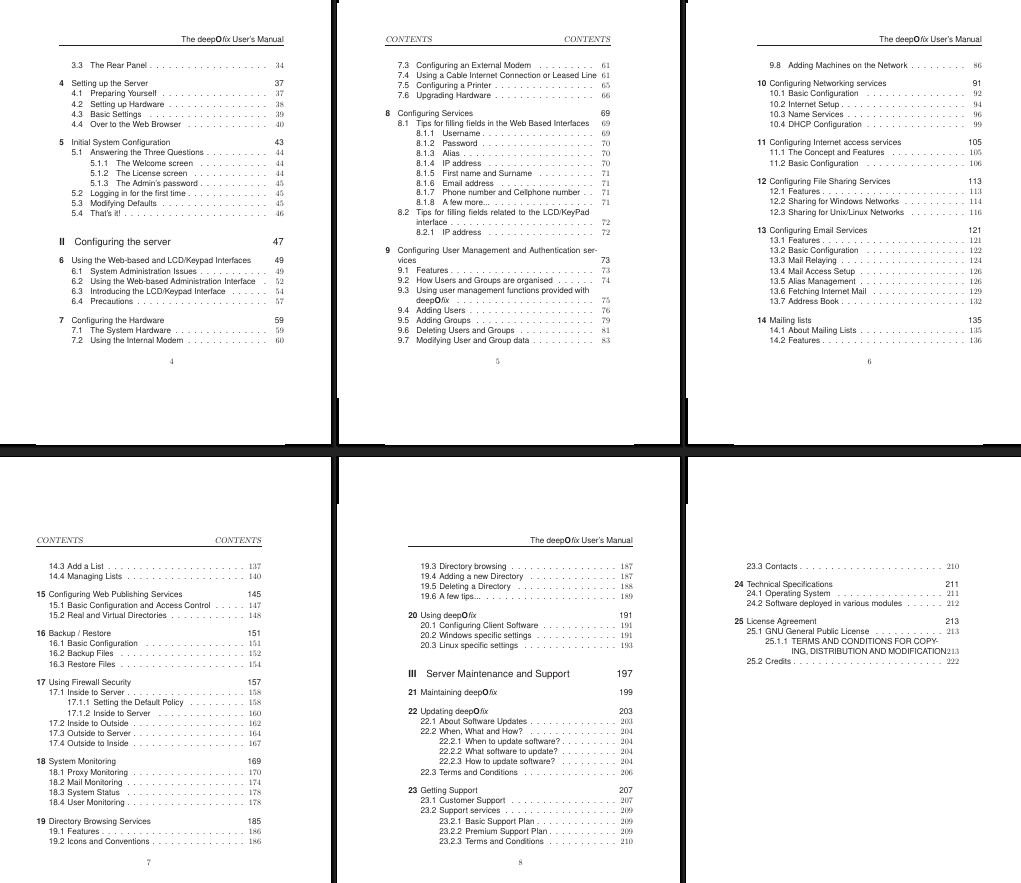
The manual shipped with a full copy of the GPL in its appendix as well as written offer for the full source of everything that was shipped as a part of deepOfix.
Printer Drivers for WEP
Along the way, we spent close to 6 months working with WeP Peripherals to integrate native support for their dot-matrix printers into CUPS before giving up. Their printers (with the ESC/P2 instruction set from Panasonic) were the first printers to integrate 10 Indian language fonts into the printer ROM. Their idea was that instead of sending glyphs to the printer to print in Indian languages, users would choose one of the built-in “printer fonts” in a word-processing tool and instead send character codes for higher quality and quicker output.
The reason we gave up was that CUPS would rasterize everything we printed and would not retain any information about printer fonts. In a communication with Michael Sweet (founder of the CUPS project) we realised that CUPS was at least 10 years away from supporting printer fonts.